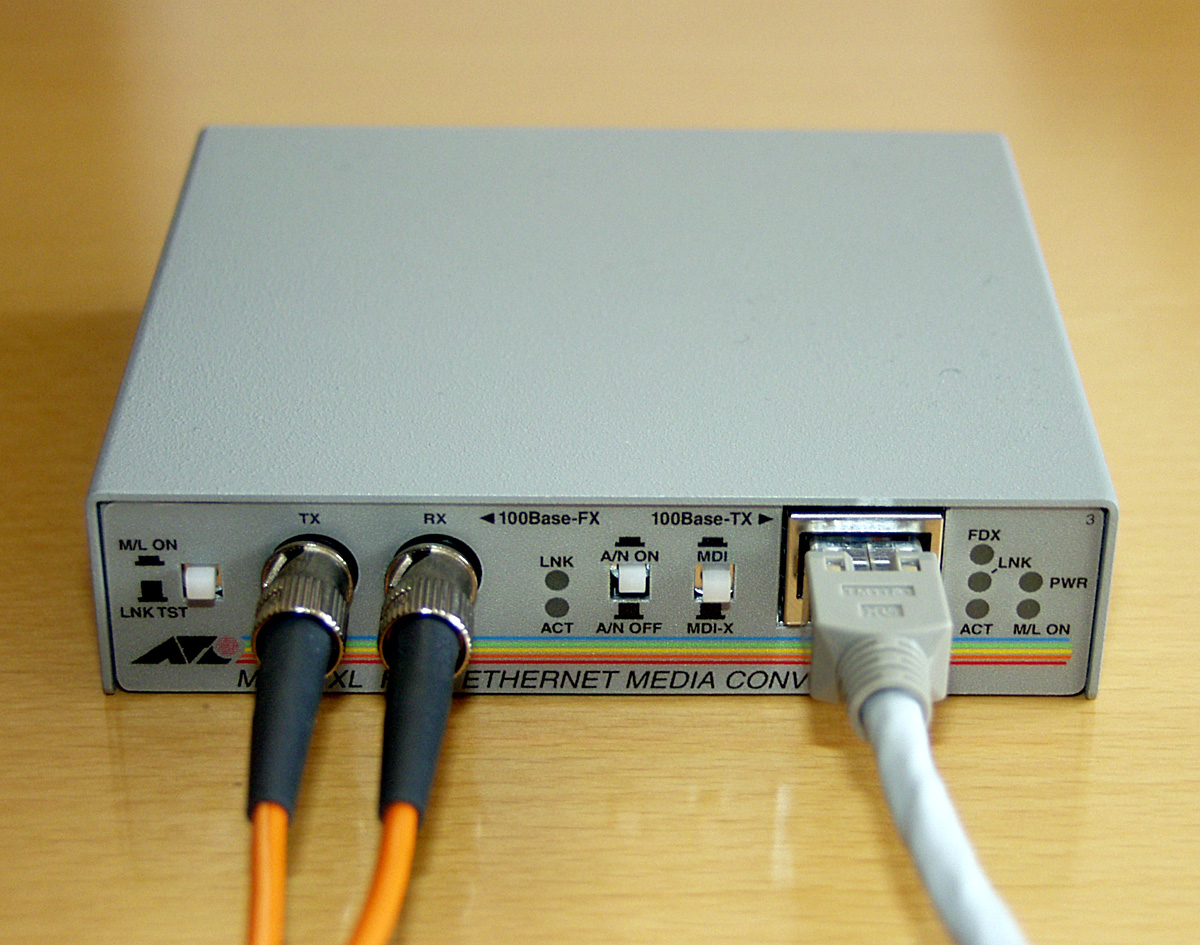Ethernet is the standard for wired computer networks. It’s fast, secure, and reliable. But what if you need to connect your Ethernet devices to a fiber optic network? That’s where PoE-Fiber to Ethernet converters come in. In this blog post, we will explore the pros and cons of PoE-Fiber to Ethernet converters. We’ll discuss their benefits and drawbacks so that you can decide if they are the right solution for your network needs.
What is a PoE-Fiber to Ethernet Converter?
A PoE-fiber to Ethernet converter is a device used to connect fiber optic cables to Ethernet networks. It allows for the delivery of data and power over a single cable, which can be used to extend the reach of an Ethernet network. There are two main types of PoE-fiber to Ethernet converters: active and passive. Active converters contain a power supply that converts AC power into DC power, which is then used to power the Ethernet equipment. Passive converters do not contain a power supply and rely on the Power over Ethernet (PoE) capability of the Ethernet equipment to provide power.
Pros and Cons of a PoE-Fiber to Ethernet Converter
As with any technology, there are pros and cons to using a PoE-fiber to Ethernet converter. Here are some of the key points to consider:
Pros:
- Increased bandwidth – Fiber optics offer much higher bandwidth than copper Ethernet cables, so you can enjoy faster speeds and improved performance.
- Reduced cabling costs – Since fiber optics use thinner and lighter cables than copper Ethernet cables, you can save on cabling costs.
- Enhanced security – Fiber optics are difficult to tap into, so they can provide enhanced security for your network.
- Reduced electromagnetic interference – Fiber optics are not affected by electromagnetic interference (EMI), so they can provide a more reliable connection.
Cons:
- Higher initial costs – Fiber optic cable and equipment tend to be more expensive than their copper Ethernet counterparts.
- Limited length – Fiber optic cable has a maximum length of about 10 kilometers (km) before it needs to be amplified or replaced, whereas copper Ethernet cable can run up to 100 km without issue.
3.Fragile – Fiber optic cable is much more fragile than copper Ethernet cable and is susceptible to damage from physical stress, bending, or even exposure to sunlight.
How to Use a PoE-Fiber to Ethernet Converter
If you want to use a PoE-Fiber to Ethernet Converter, there are a few things that you need to keep in mind. Here are some tips on how to use this type of converter:
- Make sure that the PoE-Fiber to Ethernet Converter is compatible with your device.
- Connect the PoE-Fiber to Ethernet Converter to your device.
- Configure the PoE-Fiber to Ethernet Converter settings.
- Test the PoE-Fiber to Ethernet Converter by sending data through it.
Conclusion
Poe-fiber to Ethernet converters have both pros and cons that should be considered before making a purchase. On the plus side, they are relatively inexpensive and easy to install. Additionally, they can be used with any Ethernet-enabled device. However, there are some drawbacks to consider as well. For example, they only work with devices that support Power over Ethernet (PoE). Additionally, they may not be compatible with all types of fiber optic cable. Ultimately, it is important to do your research to determine if a Poe-fiber to Ethernet converter is the right choice for your needs.







